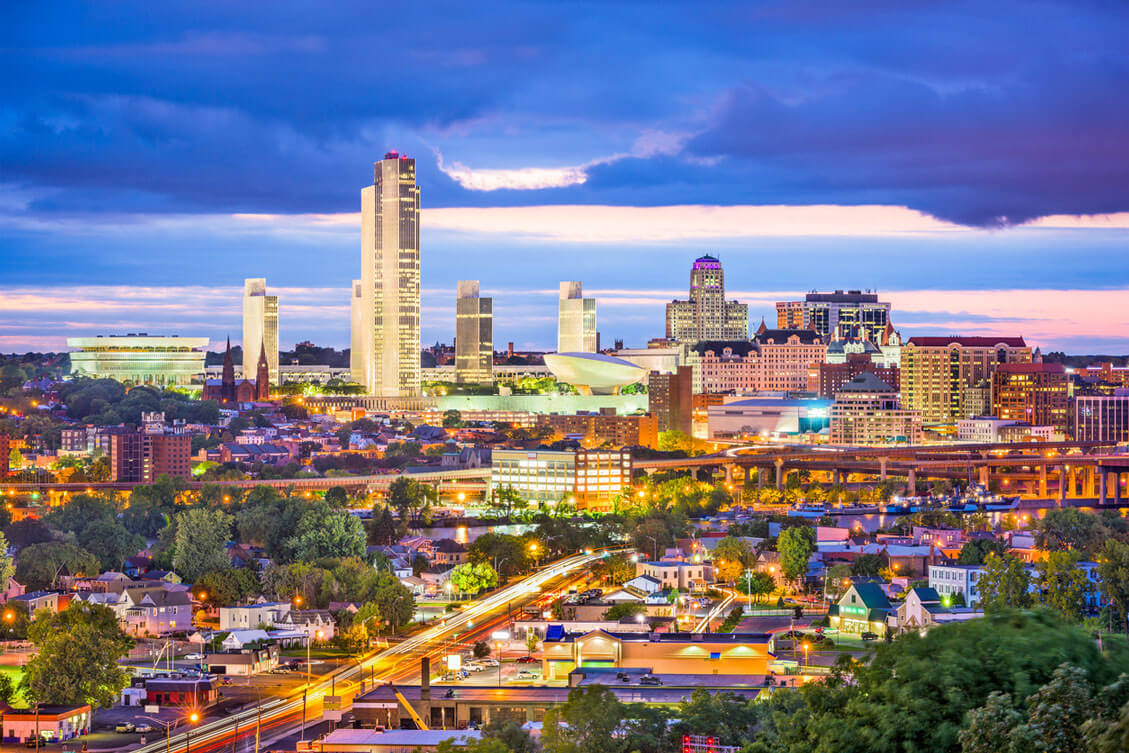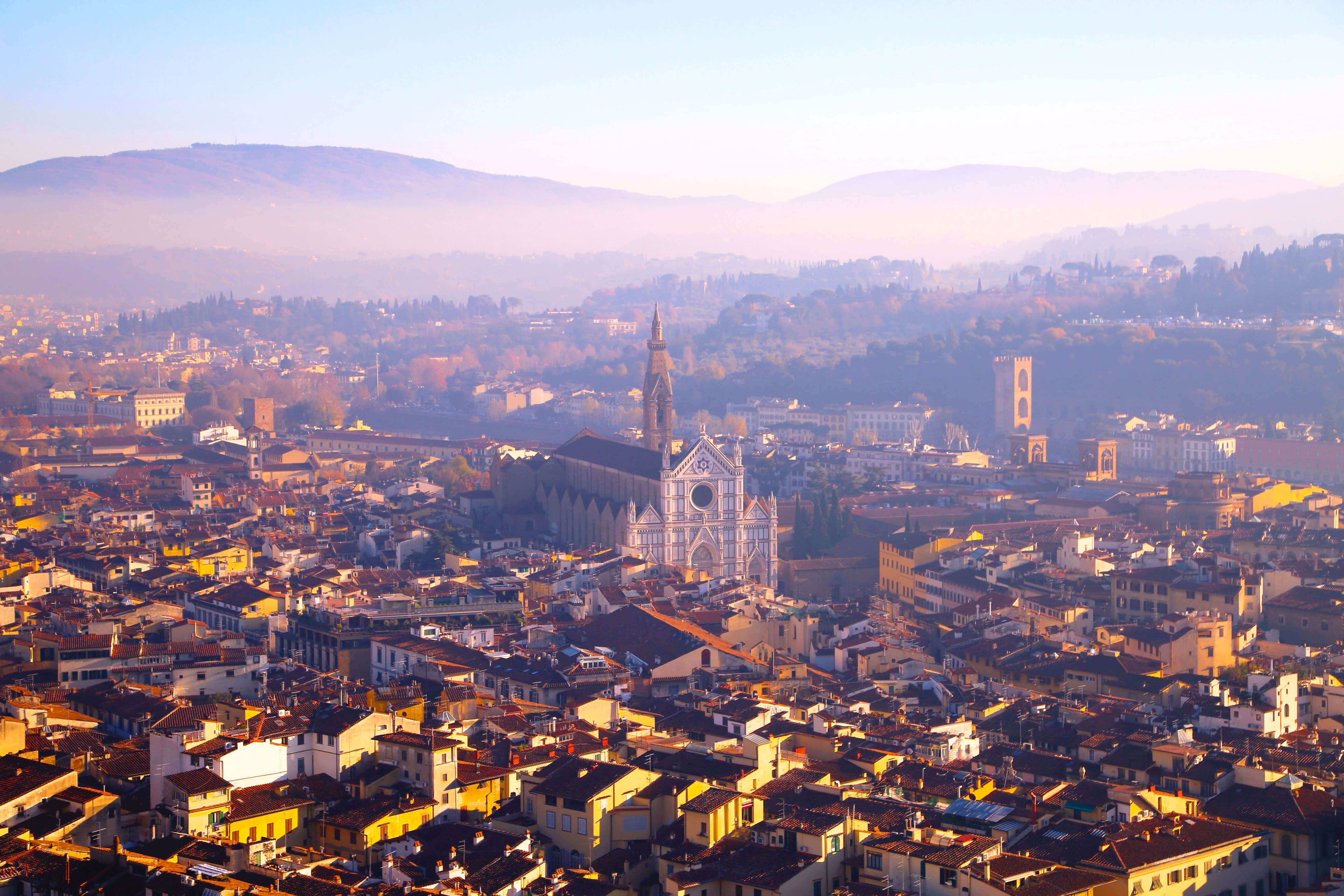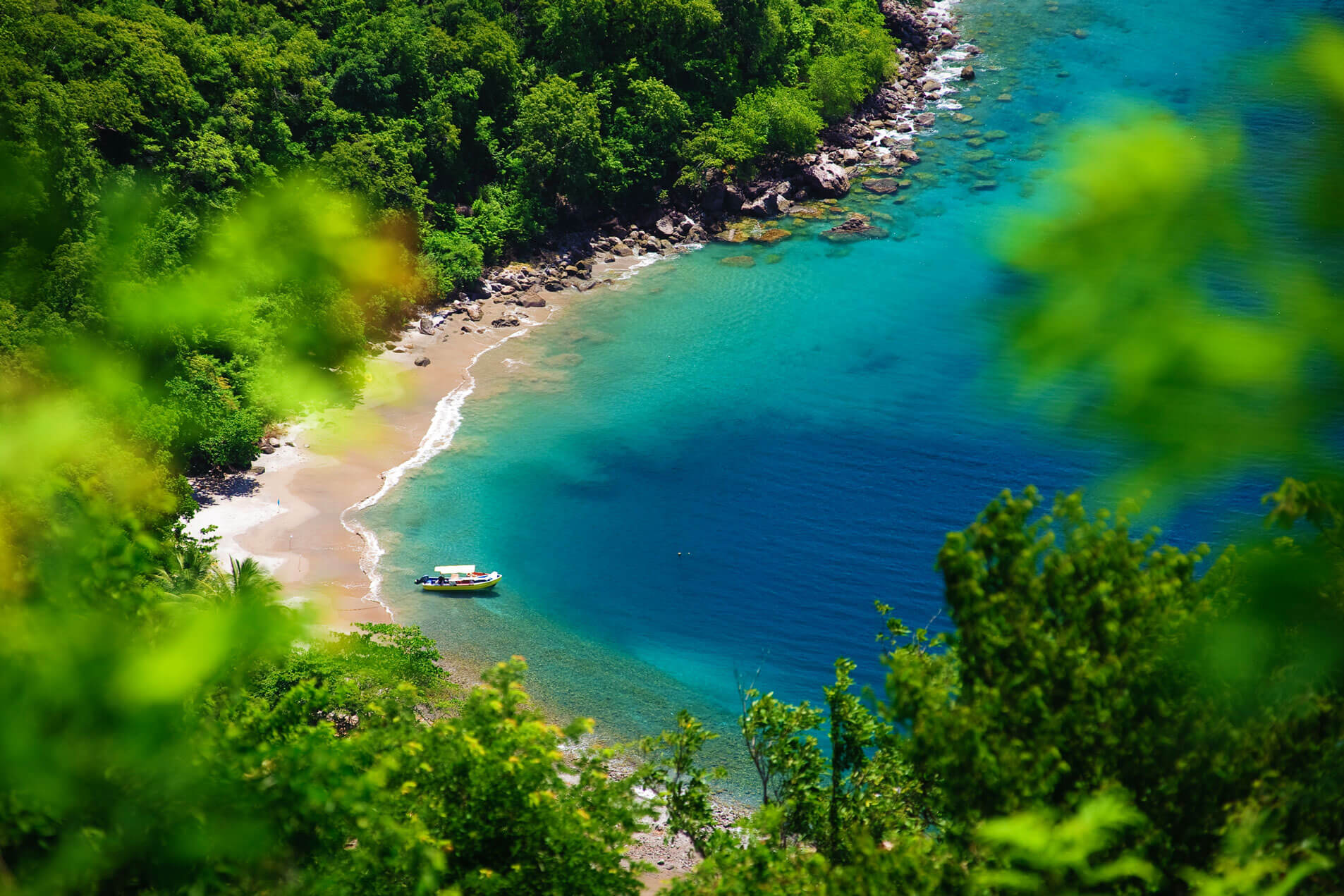1/1 Oops. Incorrect.
0%
0pts Earned
0/1correct
10/10
Which dynasty built Seoul’s “Five Grand Palaces”?
South Korea’s capital city is home to five ornate palaces built by Korea’s most famous (and final) dynasty, Joseon, who ruled for over five centuries from 1392 to 1910. Widely considered the most beautiful of these palaces, Gyeongbokgung Palace was built in 1395 and served as the home of the royal family and the seat of government. Today, the palace is open for guests to explore the rich history of Korea.
Source: U.S. NewsMing
30%
Song
35%
Joseon
22%
Yamato
13%
9/10
What is a “jjimjilbang”?
Jjimjilbangs, meaning “heated rooms,” are a popular part of the modern Korean health and wellness culture. Serving as a go-to place to relax and unwind, these bathhouses can be found throughout South Korea. Jjimjilbangs usually feature heated baths, cold tubs, soaking pools, and traditional Korean saunas inside stone or clay kilns.
Source: Lonely PlanetA Buddhist statue
0%
A Korean bathhouse
30%
A traditional dish
26%
A spring festival
43%
8/10
Korea is home to the largest stadium in the world for what sport?
Taekwondo, which fittingly translates to the “art of kicking and punching,” is widely considered to be the national sport of Korea; it was invented there in the 1950s. The Taekwondowon T1 Stadium in Muju, South Korea, is the largest stadium in the world for the sport. The impressive complex also houses the world’s first and largest taekwondo museum.
Source: Lonely PlanetKung fu
13%
Swimming
4%
Taekwondo
74%
Ice skating
9%
7/10
What river bisects the city of Seoul?
The Han River flows westward from the Taebaek Mountains before it reaches Seoul, the capital of South Korea, near the west coast of the Korean Peninsula. This river has been crucial to transportation in the region since ancient times, and today it is an important source of hydroelectric power. The 319-mile river continues past Seoul to empty into the Yellow Sea at the border of North and South Korea.
Source: BritannicaYellow
22%
Han
43%
Ganges
22%
Indus
13%
6/10
What is traditional Korean clothing called?
Hanbok, a colorful, traditional style of dress, can be traced back to the time of the Three Kingdoms (57 BCE to 668 CE). Known for its vibrant colors, traditional hanbok represented the five elements of the Yin-Yang Theory: white (metal), red (fire), blue (wood), black (water), and yellow (earth). Today, hanbok is still worn on special occasions, such as holidays or weddings.
Source: The Culture TripKimono
17%
Sari
0%
Hanbok
74%
Batik
9%
5/10
What is the currency in Korea called?
Although the won is the common currency name in Korea, there are two different won currencies: the South Korean Won (KRW) and the North Korean Won (KPW). Despite sharing a name, these currencies do not have equal exchange rates because the South Korean economy is one of the biggest in Asia, giving the South Korean won a higher monetary value than the North Korean won.
Source: InvestopediaPound
0%
Won
65%
Dinar
0%
Yen
35%
4/10
Besides China and South Korea, what other country borders North Korea?
North Korea shares the Korean peninsula with South Korea, and the country has northern borders with both China and Russia. However, it is only a small sliver of Russia that reaches North Korea — the land border is just 11 miles. The major Russian port city of Vladivostok, the terminus of the Trans-Siberian Railway, is located on the coast near the border of North Korea.
Source: BritannicaMongolia
13%
Russia
61%
Myanmar
13%
Bhutan
13%
3/10
Which Korean city hosted the 2018 Winter Olympics?
Pyeongchang is located 80 miles east of Seoul in the Taebaek Mountains of South Korea. Some of the Olympic facilities remain today, such as Alpensia Resort, which offers skiing, an alpine coaster, and an observatory from the former ski jump tower. Although 2018 was South Korea’s first time hosting the Winter Games, the country was no stranger to the Olympics. The 1988 Summer Games were held 30 years prior in Seoul.
Source: International Olympic CommitteeSeoul, South Korea
57%
Pyeongchang, South Korea
26%
Pyongyang, North Korea
17%
Chongjin, North Korea
0%
2/10
What is Korea’s national dish, kimchi, made out of?
Kimchi can be found on seemingly every dining table throughout the Korean peninsula. It is a sweet, sour, and spicy concoction typically made with fermented cabbage. Centuries ago, the dish was prepared during the winter months when pickling vegetables was the safest way to preserve them. Today, it’s served in a variety of ways using different types of vegetables, along with garlic, ginger, green onions, and various spices.
Source: The Spruce EatsSeafood and ginger
4%
Rice pudding
4%
Fermented vegetables
88%
Fried dumplings
4%
1/10
What sea borders the Korean Peninsula to the west?
Dotted with Korean fishing villages and sub-tropical islands, the Yellow Sea separates mainland China on its west from the Korean Peninsula on its east. Because of its proximity to the sea, the fishing industry has been important in Korea for centuries. On the southern shores of the Yellow Sea, scenic South Korean islands have become popular vacation destinations, especially the volcanic island of Jeju.
Source: BritannicaPhilippine Sea
33%
Java Sea
7%
Red Sea
7%
Yellow Sea
52%
Play Quizzes By Category
Play A Trending Quiz
Trending, related and recent quizzes you may be interested in






